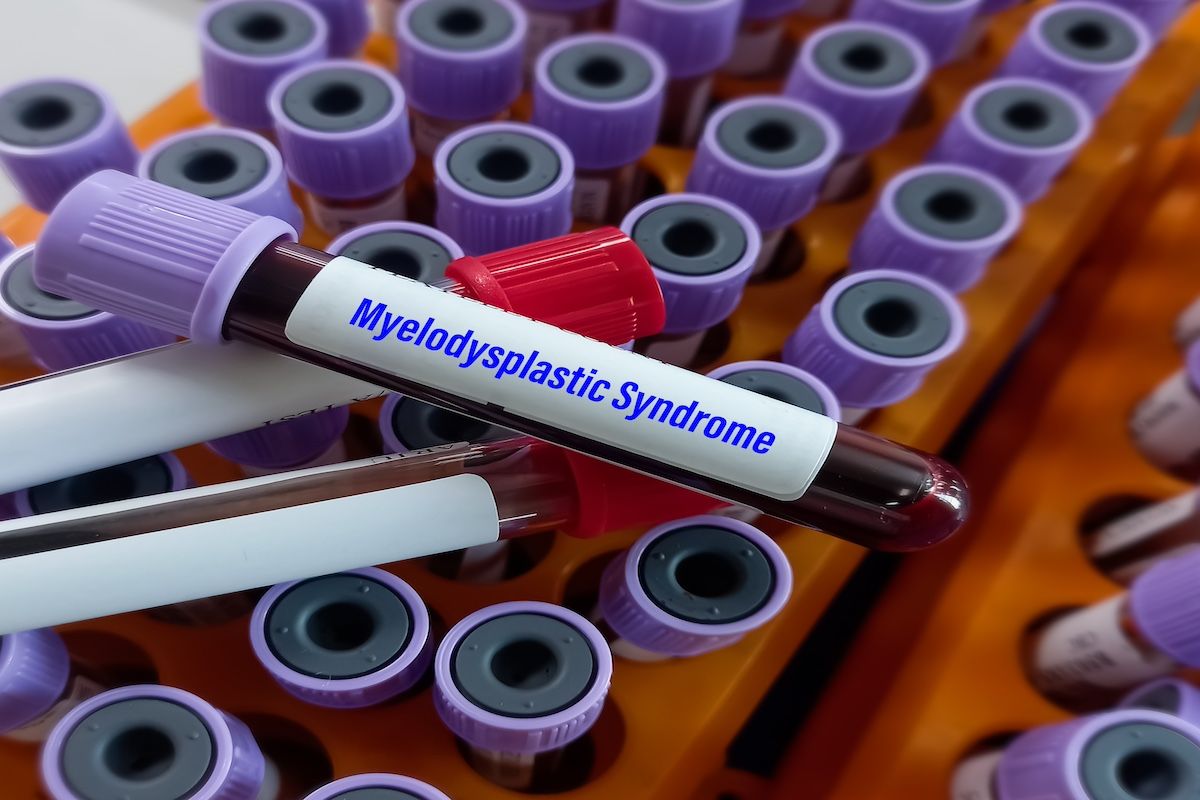Article
Gut Microbiome Diversity Associated With Blood Infections in Pediatric Patients With Cancer
Author(s):
Every year, central lines are associated with causing blood infections in an estimated 400,000 patients with cancer. However, new research has found that changes in the microbiome may be responsible for some or many of the infections usually attributed to central lines.
Every year, central venous catheters, or central lines, are associated with causing costly and sometimes fatal blood infections in an estimated 400,000 patients with cancer. However, new research from University of Colorado Cancer Center investigators has found that changes in the microbiome may be responsible for some or many of the infections usually attributed to central lines.
For the study, published in PLoS One, the researchers collected stool samples from all patients admitted to the pediatric oncology floor at Children’s Hospital of Colorado between October 2012 and December 2012 and determined bacterial profiles of the samples collected. During the time studied, there was an outbreak of Clostridium difficile (C. diff).
“Basically, we wanted to see if the composition of a cancer patient’s microbiome could predict who would go on to develop bloodstream and Clostridium difficile infections,” Bryan Nycz, third-year medical student at the CU School of Medicine and the paper’s first author, said in a statement.
There were samples and records available for 42 patients. The location and type of cancer, along with cancer treatments, affected the diversity and makeup of patients’ microbiomes. Patients who received bone marrow transplants and subsequent therapies were most affected. However, the composition of the patient’s microbiome did not necessarily predict which patients would develop C. diff infections.
“Although our results did not demonstrate a connection between the microbiome and C. diff infections, our data did hint there might be an association,” Nycz said. There is an ongoing study that hopes to add additional data to the research.
However, while the microbiome did not predict the development of C. diff infection, it did predict which patients would develop a blood infection. Six patients with significantly reduced microbiome diversity developed bloodstream infections.
The findings have led Nycz to determine that not all blood infections can be attributed to poor central line hygiene. As a result, providers should hesitate to refer to them as “central-line associated bloodstream infection,” or CLABSI. Instead, they should be generally referred to as “bloodstream infections.”
“It’s way too early to suggest that pediatric oncologists make predictions or manipulate patients’ microbiomes,” says Nycz. “But our results add to a growing body of literature suggesting that the microbiome matters during cancer treatment. In this case, microbiome diversity and composition may help us identify patients at greater risk for blood infections.”
References
Nycz BT, Dominguez SR, Friedman D, et al. Evaluation of bloodstream infections, Clostridium difficile infections, and gut microbiota in pediatric oncology patients. PLoS ONE. 2018;13(1):e0191-232. https://doi.org/10.1371/journal.pone.0191232.





